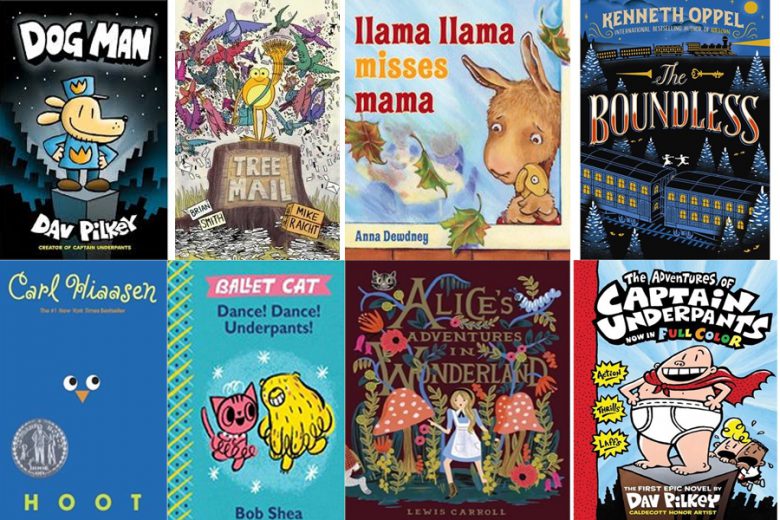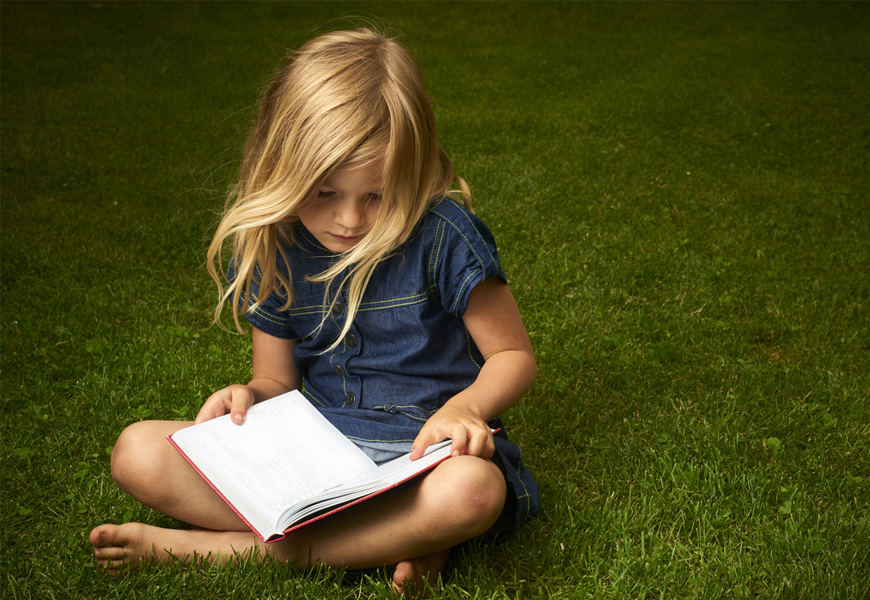“No more pencils, no more books!” sings Alice Cooper in the rock classic, School’s Out For Summer.
Sounds about right. When we look back at our summers, we fondly remember the seemingly endless days of freedom, days spent exploring and playing, eating ice cream, and splashing around in the pool. There was very little homework in sight (and the little there was always, ALWAYS got left until the very last week).
What we probably don’t remember are the daily exercise books, vacation-long learning, and summer intervention programs. But if the recent phenomenon of summer learning loss is any indicator, these should probably factor more regularly in our kid’s summer lives than they currently do.
We sat down to chat with Dr. Truch, a Canadian educational psychologist who specializes in literacy and learning disabilities at his clinic The Reading Foundation, which has offices in Toronto, Calgary, and Vancouver.
He told us that it refers to the loss of academic skills or knowledge over the course of the summer holiday. It’s a phenomenon that educators have been aware of for many years, but it was first studied in 1978 in Atlanta, Georgia. The study observed over 2,000 students, giving them standardized tests at the beginning and end of summer. They found that the average loss in scores in reading was about two months. For math, it was even higher. Those gains and losses were also connected to parent education and income levels, illustrating that the socioeconomic variables are at play.
And in case you’re thinking that it doesn’t apply to us, a comparable study was also conducted in Ontario in 2010, which found that 46% had some form of learning loss during the summer.
So, should we rush to cram in some summer study sessions? Don’t panic. We’ve broken it down for you so you know what to focus on:
How Much Time Should We Set Aside For Learning This Summer?
Dr. Truch suggests that we set aside time for math and reading—gasp—every day at home over the summer vacation. However, it’s not as daunting as it might appear. Just 10 minutes of math a day should be enough to close the summer learning gap by a third. In terms of how much reading we should be doing, Dr. Truch recommends setting aside half an hour a day for reading aloud.
If you have little bookworms, it should be easy to engage them if they’re already strong readers. But what if they’re weaker on the reading front?
Resources For Weaker Readers
ixl.com is one of the resources Dr. Truch recommended for any kids who need a little extra help reading. The online service uses a sophisticated system to evaluate reading levels of books. Then, it makes an approximation of grade levels, determines the level of the child and finally guides them to select areas of interest—biographies, animals, sports etc. Each of these areas has 100s of titles.
It’s not free, but it’s a great place to start if you’re concerned about learning loss over the summer.

Some books from Dr. Truch’s 11-year-old grandson’s reading list
Quality Vs Quantity
Or more specifically, the time aspect is more important than the number of books your kid reads. Fluent readers will naturally get through more titles. However, it’s far more important that you spend quality time with your child, going over the words, talking about vocabulary, and discussing what they think is going to happen next in the story.
Does All Learning Have to Take Place At Home?
While summer learning and reading is encouraged, Dr. Truch concedes that not all learning should be confined to the (makeshift) school room. All kinds of camps, field trips, summer festivals, music, and outdoor activity improves coordination. Physical games—and just the act of getting kids outside—are extremely important. He also recommends setting limits on screen time to avoid them being stuck on their devices indoors.
Should We Be Using Learning Apps?
While there are some great resources for learning out there online, Dr. Truch warns us to be careful when choosing the right apps. While some reinforce the right kind of skills, it’s important to remember that tapping on a screen is very different to using paper and pencil. When we teach children anything, we are wiring their brains. It’s important that they use their motor skills to input the answers, rather than tapping the correct button on a screen. If kids aren’t having serious learning issues, they should be okay with apps.
How to Choose the Right Book For Your Kid
A simple way to find the right reading age for your kid is to head to your local library. Dr. Truch suggests picking out a book that your child shows interest in, turning to a random page and asking them to read from it. If your child makes five or more errors, the book is too difficult (if you want them to read on their own).
If you need a place to start, Dr. Truch has given us some tips. Here’s a reading list from his 11-year-old grandson, North Marshall, who has been an avid reader from a very young age:
- Hoot by Carl Hiassen (ages 12 to young adult)
- Dance, Dance, Underpants by Bob Shea Ages 4 and up can listen to this one. Young readers to about grade 3 will enjoy it.
- Diary of a Wimpy Kid by Jeff Kinney. Ages 8 to 12.
- Tree Mail by Brian Smith and Mike Reicht Ages 8 to 10
- The Boundless by Kenneth Oppel Ages 9 to 14.
- Dog Man by Dave Pilkey Ages 7 to 9. This book is written by the author of the Captain Underpants series, with fewer misspellings.
- The Adventures of Captain Underpants by Dave Pilkey Ages 7 to 9. Hilarious series with lots of phonetic spelling throughout.
- Timmy Failure (Mistakes Were Made) by Stephan Pastis Ages 7 to 10.
- Alice in Wonderland by Lewis Carroll Ages 10 through adult and Through the Looking Glass by the same author.
- The Invention of Hugo Cabret by Brian Selznick Ages 10 through adult. Told mainly in illustrations.
- Llama Llama Misses Mama by Anna Dewdney Very appropriate to read to a 5-year-old starting Kindergarten or a 6-year-old starting the first day of school.
- Zen Ties by John J. Muth Ages 7 to 10. Summer is ending. A story of compassion and friendship.

Leave a Reply